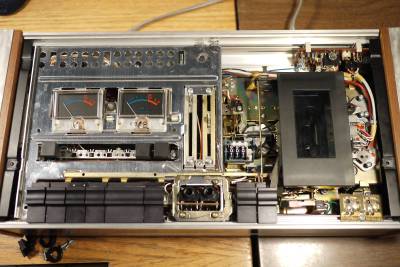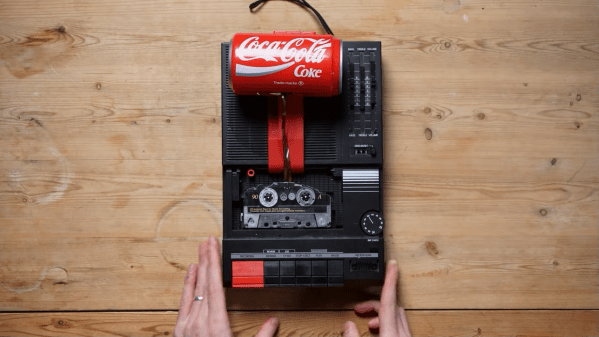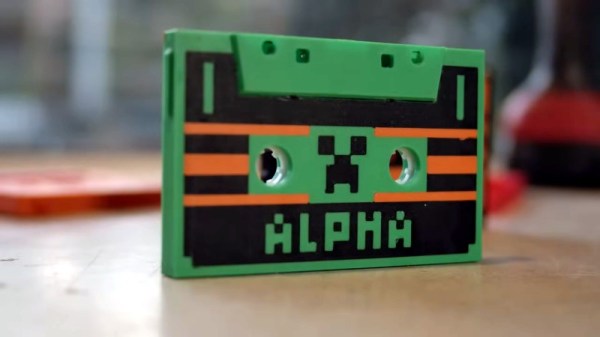For those of us who lived through the early 8-bit computing revolution — the tail end, in our case — it’s hard to believe that there’s a second wave of retrocomputing nostalgia underway. But as this bit-banged TRS-80 birthday bonus pack shows, the first generation did a pretty good job passing the retro torch.
With his father’s 70th birthday coming up and full of “borrowed nostalgia” for the good old days, [Josh Sucher] scored a TRS-80 off eBay and experimented with what could be possible. After 50-odd years, the machine needed a bit of TLC, including a new power supply, some keyboard repairs, and the usual recapping. He also had to soup the machine up a bit, given that its original capabilities were so limited.
Chief among these mods was a rudimentary IP stack thanks to a TRS-IO card, which emulates a lot of functionality of the original TRS-80 Expansion Module and adds an ESP-32 for WiFi capability. This allowed [Josh] to get a neat “Dadbot” chatbot going on the machine, using years of his dad’s text messages to train the model. There’s also a game of Go, an RPG based on his parents’ lives, and a local news and weather app. Most impressive, though, is the bit-banged audio app that uses the TRS-80’s cassette interface to play a passable rendition of “Happy Birthday to You.” The video below has the full demo.
It’s clear that this lengthy project was a labor of love, and we approve of the results. It’s been a long, long time since we first caught wind of the TRS-80 through the Radio Shack catalog, and projects like this make us feel like scratching up one for ourselves to play with.
Continue reading “Happy Birthday To Dad, Retrocomputer Style”




 The Tandberg unit is beautifully finished in wood and metal, a style of construction that’s fairly rare these days. It’s got big, chunky controls, and a certain level of heft that is out of vogue in modern electronics. Heavy used to mean good — these days, it means old. That’s not to say it’s indestructible, though. It’s full of lots of old plastic pulleys and fasteners that have aged over the decades, so it’s a little fragile inside.
The Tandberg unit is beautifully finished in wood and metal, a style of construction that’s fairly rare these days. It’s got big, chunky controls, and a certain level of heft that is out of vogue in modern electronics. Heavy used to mean good — these days, it means old. That’s not to say it’s indestructible, though. It’s full of lots of old plastic pulleys and fasteners that have aged over the decades, so it’s a little fragile inside.













